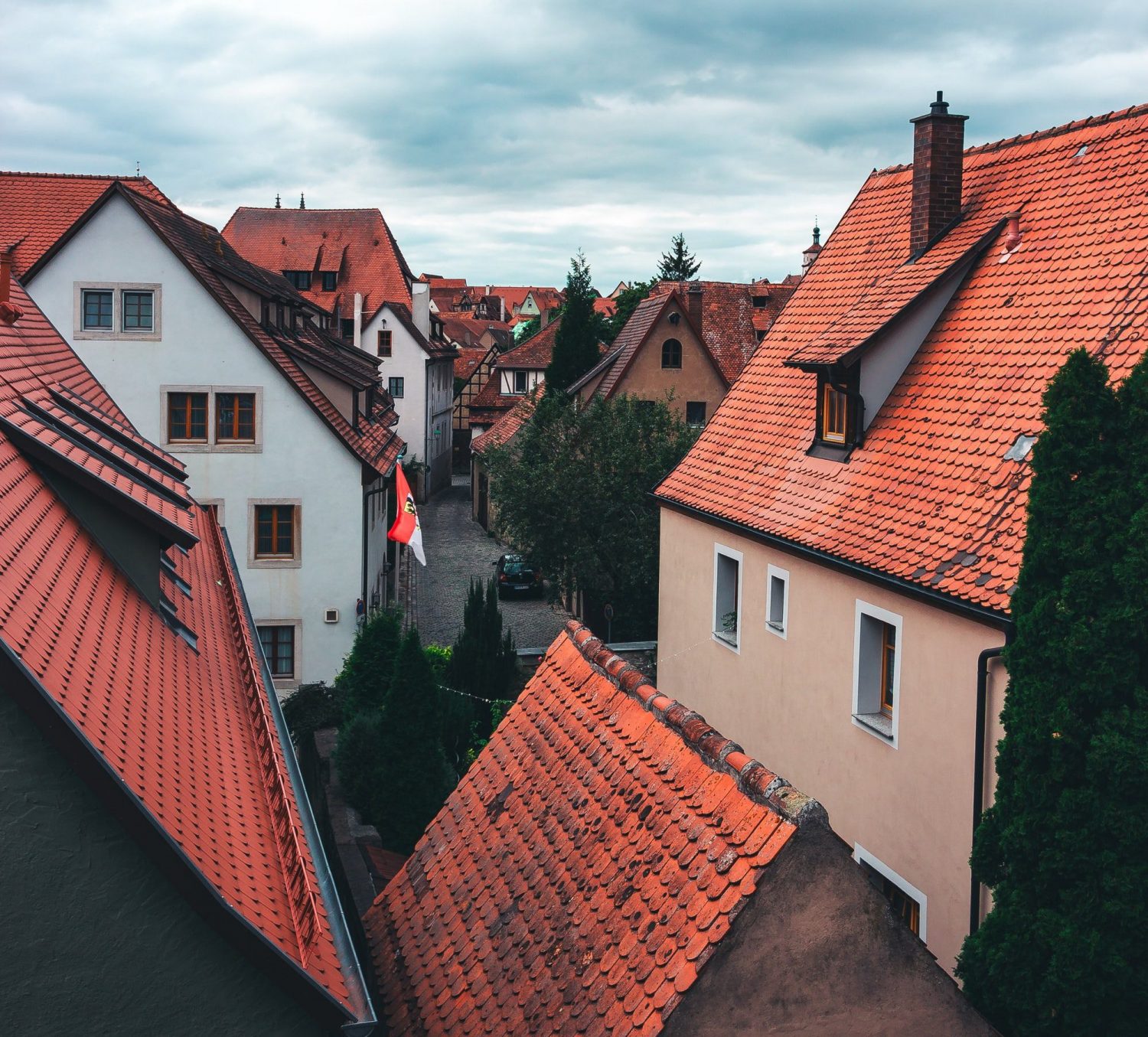The Five Most Common Roofing Materials and Their Lifespan
Some of the most important considerations you have when replacing or building a roof is what material to use, how much will it cost, and the roof’s lifespan. Quality materials used in roofing usually lead to more expenses. But, a better way to look at your roofing project is quality materials lead to a roof’s long lifespan.
Almost every weather condition nature throws at roofs has an impact on the roof’s lifespan. The roof’s color, material, design, and location all play strong roles that can affect the roof’s durability. Even when you use maintenance-free roofing material, you may still need to perform maintenance, and even do small repairs on it from time to time. But there are roofing materials that have long lifespans and reasonable costs. The guide below gives you information on the five most commonly used roofing materials.
Asphalt Shingles
Asphalt shingles are one of the most common roofing materials used on buildings and homes because of their low cost. Asphalt shingles usually offer a guaranteed life span, which also makes them very popular. Asphalt shingles are used by countless major corporate buildings and on residential homes throughout the United States and Canada. There are also three different types of asphalt shingles you can use on your roof.
- Dimensional shingles – these are called laminated shingles most of the time
- 3-tab shingles
- Luxury shingles
The added characteristic wanted and needed the most with asphalt shingles is lamination. Laminated asphalt shingles are engineered to resist storm winds, rain, sleet, snow, sun, and natural degradation caused by being outside exposed to weather elements. The cost for asphalt shingles ranges from $65 square foot to over $300 square foot. On average, to install the roof you will pay around $2.25 per square foot.
Composite
Manufactured composite shingles can be reinforced with recycled materials or fiberglass, and will still look the same. The recycled process makes composite shingles eco-friendly, which is very popular. Composite shingles last about twenty years, but you should never use composite shingles as your roofing material if you live in a high wind impact area.
Composite shingle roofing is the most popular of all roofing materials, found on more than 80 percent of all homes. Composite shingle’s popularity comes from its relatively low cost and long lifespan. Remember, these are engineered shingles, so no matter what color or material you want your roof to look like it can be done. Their fifty-year long lifespan adds to the roofing materials’ popularity. Composite shingles’ average cost ranges from $5.75 to around $14.00 per square foot installed.
Tile
Sometimes it is puzzling as to why people want tile roof material due to its high-cost. Tile roofs are known for their beauty. They can last up to 100 years, so their durability and lifespan are without question one of the best roofing materials you can use. But it’s important to take note that tile roofs use mortar bed systems most of the time. By being set on mortar bed systems they tend to fall and gap.
The component that makes up tile roofing material is made of terracotta most of the time. The terracotta is very heavy and also fragile. But terracotta is popular because they retain their color for decades or sometimes a hundred years or more. Tile roofs are fire resistant and in the world of roofing, are considered at only a mid-level cost roofing product. Tile roofs can cost anywhere from $800 per square foot to install. They sometimes can go as high as $1000 per square foot. Because they require expert installation your installation costs will be between $100 – $150 per square foot.
Slate
When slate is used correctly as a roofing material there is not much that can compare to its beauty. Slate roofing material’s lifespan can be as high as seventy-five years. Slate is a more sophisticated roofing material than tile but similar in weight constraints. Slate needs sturdy and expertly installed fasteners and nails. Slate roofs are eco-friendly and come in any color you want. Unfortunately, slate roofing material is known for its expense. It will cost you five times over what an asphalt shingle does. What’s more, finding an expert slate roof installer can be challenging depending on where you live.
The average cost of an experienced slate roof installer charge is around $5.00 per square foot. The slate tile material has an average cost of about $5.00 – $6.00 per square foot depending on if you are using a popular or rare color and pattern. Slate roofs are a worthy investment because it adds value to your home and is one of the most beautiful roof styles.
Fiberglass
Fiberglass is common and popular as a roofing material because it is versatile. Once your fiberglass roof is glazed, it’s also water and shatterproof. Fiberglass roofs remain strong and have a long lifespan. Fiberglass roofs are sold in sheets or panels. Uniquely, they are resistant to rust or mildew and should last about thirty years.
Fiberglass shingle costs average around $40 – $200 per square foot, and for installation, an additional $80 – $200 per square foot is needed. It’s important to note, fiberglass and asphalt shingles are very similar, but there are characteristic cost and durability differences. Fiberglass is more sturdy than asphalt shingles, and you can see the difference between the two through their cost.
Final Consideration Before Getting a New Roof
Your final consideration before getting a new roof should be in what kind of climate will it be in? You want your roof to fit in with the weather factors which surround you. Some other things to remember before you purchase a new roof needs to include:
- Expert and experienced roof installation
- The roof’s life span
- The roof’s cost per square foot
- Maintenance demands for the roofing material selected
- Roof warranty
When you need answers for the above questions or more information about the roofing material you’ve selected, reach out to Roofing Architects. They have the experience, knowledge, and information you need to make your roofing selection one that brings you comfort and satisfaction for many years.


